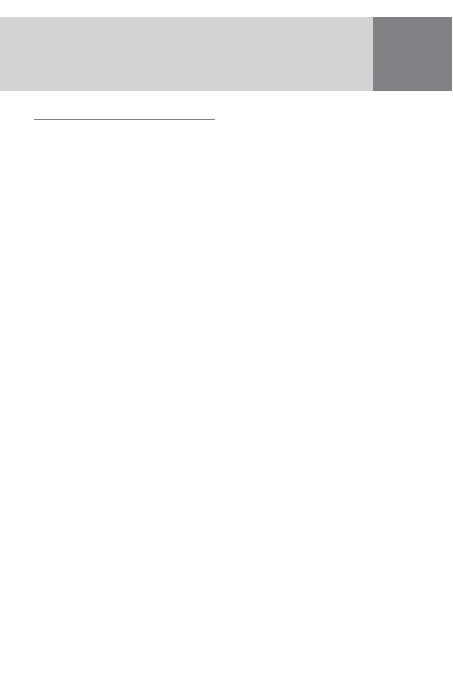
K
AYNAKLAR
1.
American Academy of Orthopaedic Surgeons. Athletic
Training and Sports Medicine. 2nd Edition. Illinois, 1991;
pp 2-35.
2.
Kalyon TA. Spor Hekimli¤i. 5 bask>. GATA Yay>nlar>.
Ankara, 2000; pp 279-309.
3.
IOC Medical Commission. Sport Medicine Manuel.
Hurford Enterprises Ltd. Calgary, Alberta.1990; pp 16-28.
4.
Micheo WF. Concepts in Sports Medicine. In: Braddom RL
(Ed). Physical Medicine and Rehabilitatation. Third
Edition. Saunders, Elsevier. 2007; pp. 1021-45.
5.
Schüle K. The Function of sports in the rehabilitation
process. Themaic Group No:8. Echo Verlag-Gmbh,
Heidelberg, 1996.
6.
Saal JA. Rehabilitataion of the injured athlete. In: DeLisa
JA (Ed). Rehabilitation Medicine. JB Lippincott,
Philadelphia, 1988; pp. 841-63.
7.
http://www. amssm.org. Team physician consensus
statement. (03.05.2007)
8.
Ergen E. Sporcu Sa¤l>¤> ve Spor Hekimli¤i. Türkiye
Klinikleri. 2006;2(27):1-7.
9.
IOC. Sports Facilities. Problems of Planning. Kanada,
1976; pp 96-102.
10.
Ruskin J. Where Athletic Trainers Work. Facility Desing
and Planning. In: Ray R (Ed). Management Strategies in
Athletic Training. Human Kineti Pub. Michigan. 1993;
pp. 111-67.
11.
Jobe C, Wobe FW, Pink M. The Sports Rehabilitation
Center. In: Nickel VL, Botte MD (Eds). Orthopedic
Rehabilitation. Second edition. Churchill Livingstone. New
York, 1992; pp. 207-222.
12.
http://www.mgh.org/rehab/sports.html (27.11. 2007).
13.
Slobounov SM, Simon R, Sebastianelli W. Application of
Scientific Instrumentation in a Clinical setting. J Sport
Rehab 1996;5:251-61.
3455
BÖLÜM 212
n
Sportif Rehabilitasyon Merkezi

